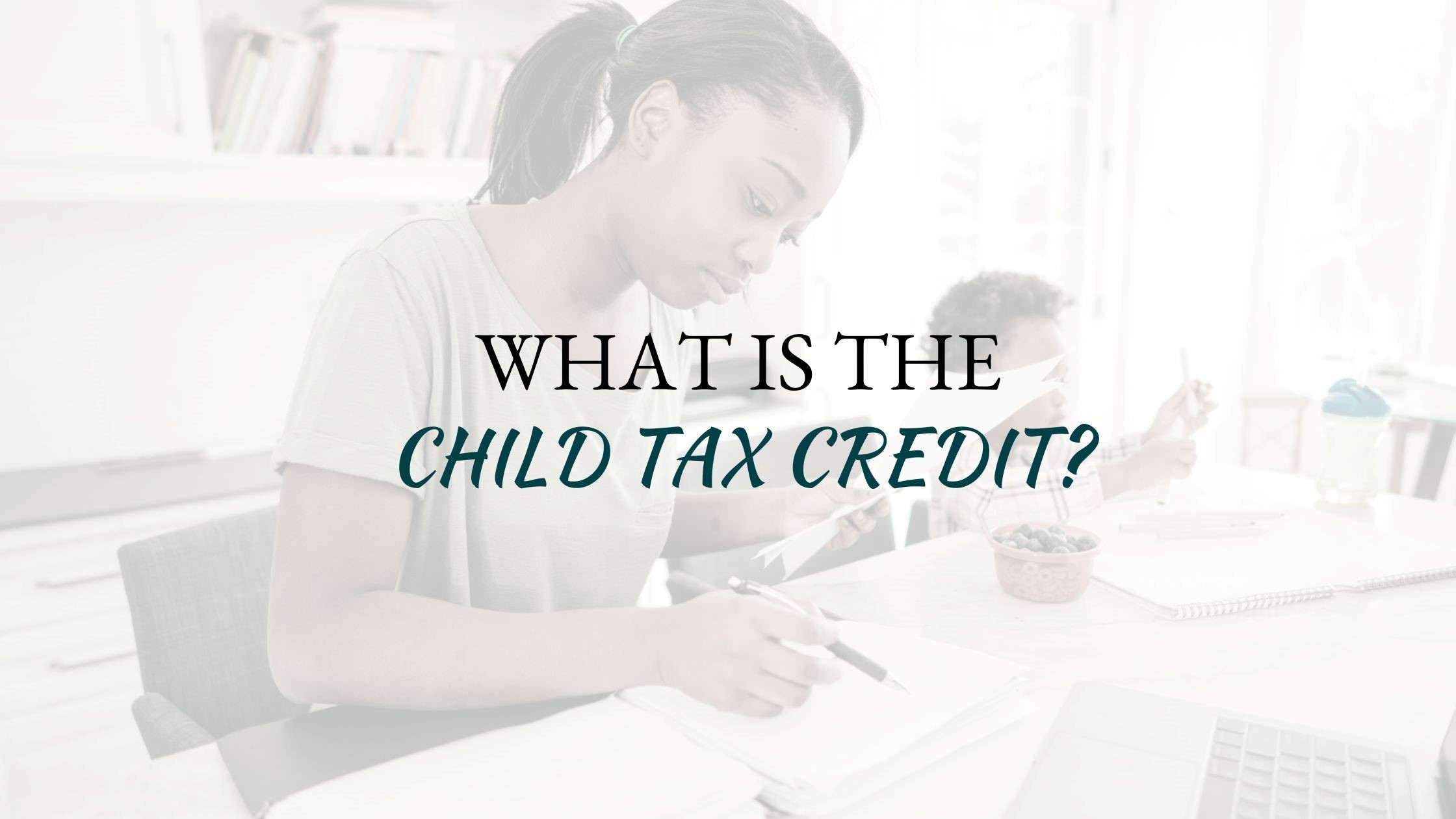Do You Have A Child? Here’s A Tax Credit You Can Claim!

It’s always a delight to see photos of friends, relatives, and even strangers welcoming a baby. Who doesn’t light up at the sight of a baby on their feed? It is never a chore to throw in positive reactions and comments when a bundle of joy is pictured.
But we can all agree that having babies and raising them are entirely different things. That cute smile can’t possibly paint a picture of the sleepless nights and challenges parents will have to face afterwards.
This is why everyone has a responsibility to foster an environment that will nourish a child and support their development. As they say, it takes a village to raise a child.
In that sense, the government needs to have a hand in creating policies that promote a child’s best interest. One that comes to mind is the Child Tax Credit.

The Child Tax Credit (CTC) is a tax relief that families can claim to support the costs of raising a child.
In 2017, the Tax Cuts and Jobs Act (TCJA) increased the maximum amount of credit to $2,000 per child. However, it capped the amount of refund families can receive, at $1,400 ($1,500 in 2022) per child. This made it difficult or close to impossible for low-income families to fully take advantage of the credit since they owed little to no income tax.
The CTC became more accessible in 2021 because of the temporary improvements introduced by the American Rescue Plan Act (ARPA). True enough, it’s the major contributing factor to the child poverty’s decline by 46% in 2021 – 5.2% from 2020’s 9.7%.
The ARPA made the following changes for the 2021 tax year:
- Increased the amount to $3,600 for qualifying children below 6 years old and $3000 for those 6 to 17 years;
- Made the CTC fully refundable so low-income households were able to enjoy the full credit;
- Expanded the credit’s scope to include 17-year-olds to qualify for the CTC;
- Allowed monthly advance payments to eligible taxpayers of half of their estimated 2021 Child Tax Credit amounts.

With the ARPA’s expiration, the amount of child tax credit has reverted to $2,000, and the refund to $1,500. Additionally, there are no more advance credit payments.
But the good news is, the phase-out level has increased from $75,000 for single filers and $150,000 for joint filers ($112,000 for heads of households, to $200,000 and $400,000 respectively. For every $1,000 over these amounts, your CTC is reduced by $50.

It’s easy to determine whether you and your child are eligible for the CTC. You just have to keep the following criteria in mind:
1. Age – To qualify, your child must be under 17 years old at the end of 2022.
2. Relationship – You must be claiming for your
- Son / Daughter
- Stepchild
- Foster Child
- Brother / Sister
- Half-brother / Half-sister
- Stepbrother / Stepsister
- Any of their descendants.
3. Status as Dependent – The child must be your dependent and to qualify as such, he or she must satisfy other criteria like age, residency, citizenship, and financial dependence.
4. Residency – The child must have lived with you for at least 6 months. But this rule has a few exceptions:
- A child who was born (or died) during the tax year is considered to have lived with you for the entire year.
- Temporary absences by you or the child for special circumstances, such as school, vacation, business, medical care, military services or detention in a juvenile facility, are counted as time the child lived with you.
- Exceptions applicable to children of divorced or separated parents. Instructions are laid out in Form 1040.
5. Financial Support – You must have supported at least half of the child’s expenses and sustenance during the taxable year.
6. Citizenship – Your child must be a U.S. citizen, national, or resident alien.
7. Income – As earlier discussed, although exceeding the MAGI threshold does not necessarily disqualify you, it incrementally reduces the amount of credit you can receive.

What’s To Come For The Child Tax Credit?
The ARPA was successful in granting full credit to about 2.9 million children of low-income families last year. Now that we’ve reverted to the old rules, approximately 19 million children receive less than the full credit.
This has sparked discussions and a clamor for the renewal of the expanded child tax credit to address policy issues on reduced or unavailable CTC to low-income households, and phase-out based on income rather than number of children.
Can we hope for a new legislation on the CTC? We’ll have to stay tuned!

Can you believe you’ll need an average of $310,605 until they turn 18 – that’s around $17,000 annually! As parents or caretakers we have to be creative and find solutions to ease the burden and make the most of parenthood (the “crazies” included).
Aside from the CTC, there are other tax breaks you can lean on like the Earned Income Tax Credit. Don’t miss out on any of them and let’s get your strategy in place before tax season!
